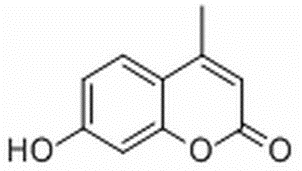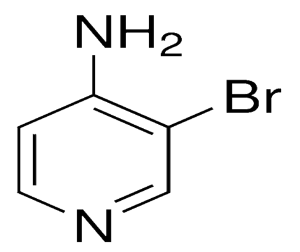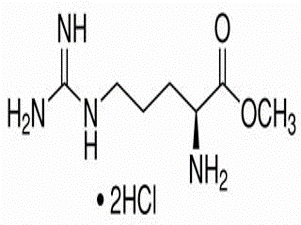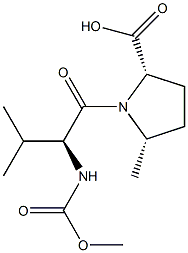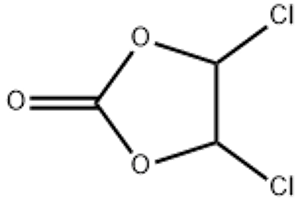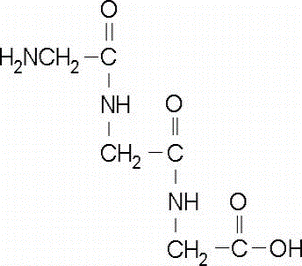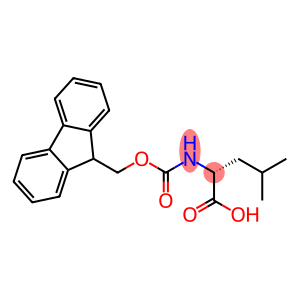4-Methylumbelliferone(CAS# 90-33-5)
| Risk Codes | R36/37/38 – Irritating to eyes, respiratory system and skin. R20/21/22 – Harmful by inhalation, in contact with skin and if swallowed. |
| Safety Description | S26 – In case of contact with eyes, rinse immediately with plenty of water and seek medical advice. S37/39 – Wear suitable gloves and eye/face protection S36 – Wear suitable protective clothing. |
| WGK Germany | 2 |
| RTECS | GN7000000 |
| TSCA | Yes |
| HS Code | 29329990 |
| Hazard Note | Irritant |
| Toxicity | LD50 oral in rat: 3850mg/kg |
Introduction
Oxymethocoumarin, also known as vanillone, is an organic compound.
Quality:
Appearance: Oxymethaumarin is a white or yellowish crystalline solid with a special aroma, similar to vanilla.
Solubility: Oxymethocoumarin dissolves slightly in hot water, but is almost insoluble in cold water. It is soluble in organic solvents such as ethanol, ether and chloroform.
Chemical properties: Oxymethacoumarin is relatively stable in acidic solution, but it is easy to decompose in strong alkaline solution or high temperature.
Use:
Method:
Oxymethaumarin can be extracted from natural vanilla and is mainly derived from vanilla herbaceous plants such as vanilla bean or vanilla grass. In addition, it can also be prepared by synthetic methods, usually using natural coumarin as raw material, and transformed through a series of chemical reactions.
Safety Information:
Oxymethocoumarin is generally considered safe, but allergic reactions may occur in some people. When it is produced and used in industry, appropriate safety measures should be taken, such as wearing protective gloves and protective glasses. Contact with substances such as strong acids, strong alkalis, and oxidants should be avoided to avoid danger.


